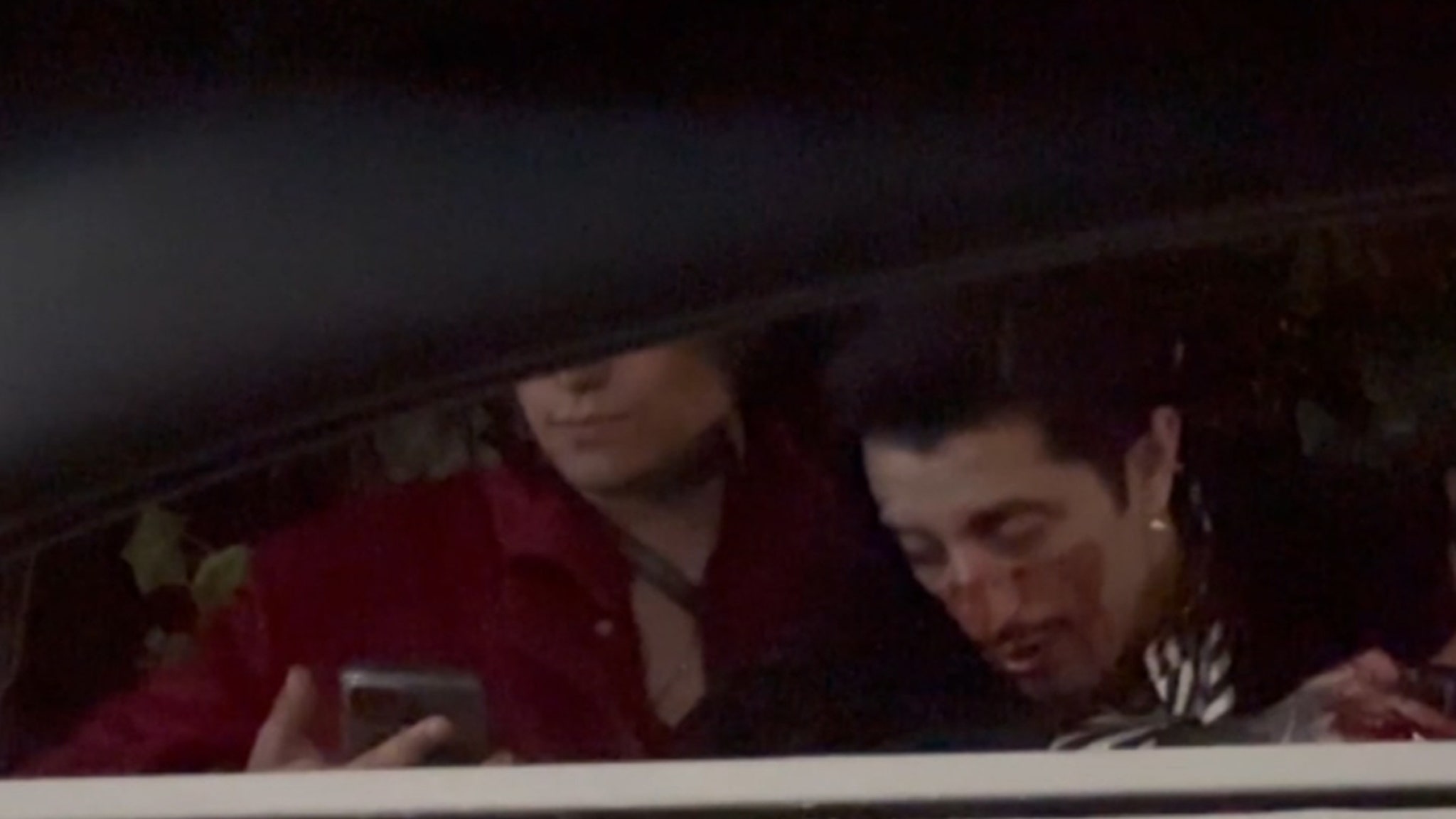Food
Story of a Restaurant: The Magic of New York City on a Plate

All right. This is it. This is my favorite dish on the menu. [JAZZY MUSIC] I’m going to tell you why. [UPBEAT MUSIC] I’m so glad we’re having dinner together. We’re at Torrisi, which is an Italian-American restaurant in Manhattan. And we’re here because restaurants tell stories about the places that they exist in, the places that they aspire to. We’re going to explore one of those stories today, through the food that Rich Torrisi, the chef here, creates and serves. This is a very exciting restaurant. It’s an expensive restaurant, but it’s a restaurant that helps tell the story of New York City in a way that I find exciting. “I never knew that my first restaurant in New York would end up being on Mulberry Street. The interesting thing about Mulberry Street is, you can easily make the case that it’s just as much Chinatown as it is Little Italy. There’s nothing, really, more Italian than only cooking what’s around you.” “Hi.” Hey. “Welcome to Torrisi.” How are you? Thank you very much. “I’m doing well. May I offer you some still water, sparkling water, or just plain iced water today?” What do you guys think? I’m going to say New York City tap water. “You got it.” Thank you. “And for the first course here, I have the cucumbers, New Yorkese.” Fantastic. All right. I’m going to dig in here. [JAZZY MUSIC] Salty, dilly, cilantro-y. Tastes like a pickle. Doesn’t taste like a pickle. It tastes like a poem about a pickle. That’s what Pete Wells said, the restaurant critic here, at the ‘Times.’ In his review of Torrisi, he recalled that this dish is an homage to a dish that was served 15 years ago, at Torrisi Italian Specialties, just down the street. A different salad there, but similar, both paying homage to the pickle stores of the Lower East Side. The same flavor profile. Got the coriander in there. We’ve got the dill. We’ve got the salt. We’ve got the acid. None of this is precisely Italian cooking. It’s not even an Italian-American cooking. It’s New York cooking. [UPBEAT MUSIC] “So, for the pasta course, I have the Capellini Cantonese.” Nice. That is beautiful. Thank you very much. “May I serve you some?” Absolutely. That’d be great. “Wonderful.” [UPBEAT MUSIC] Thank you. Love a pasta pull. One of the cool things about this dish is that the Cantonese part of it is Cantonese. All of it’s been velveted, which means it’s been coated in a combination of egg white and corn starch and some aromatics and then shallow fried in the wok. And then, next to it, were the capellini. Very traditional Italian preparation in olive oil and garlic. That addition of the jalapeño, which, to me, is a very American addition, but it ties the two together really nicely. I really wish you could taste this, because it’s delicious. And I’m going to prove that to you by eating some now. Let’s see. Oh, wow. The story of this dish is like the story of New York City. On the plate, this deeply, deeply Chinese preparation and this deeply Italian preparation, combining in New York City, is just amazing. If you were lazy, you’d call that fusion cooking or melting pot cuisine. But we’re not lazy. We’re going to call it a kind of cuisine unto itself. “And for the next pasta, I have the cavatelli with Jamaican beef ragu.” Amazing. All right. This is it. This is my favorite dish on the menu. I’m going to tell you why, because it’s a magic trick. What happens in this dish is — for people like me, who grew up in New York City, it’s an instant time travel back to the pizzeria on the corner, where you could go in. And in addition to the slices, you could get a Jamaican beef Patty. “Jamaican beef patties were, for us, an obvious jumping-off point because they’re in so many New York City pizzerias. They’re one of these foodstuffs that comes from a totally different culture that you won’t find in pizzerias anywhere else. But for some reason, they bled into the New York City pizzeria culture.” O.K., so we’re in a standard issue New York City slice shop, just a few blocks north of Torrisi, where we started our journey. How are you doing, man? “How are you?” I’m doing well. “What do you got for me?” Could I have a beef patty with cheese, please? “Sure.” One of the great enduring mysteries of New York City is why there are Jamaican beef patties served in Italian-American pizzerias. It was an enterprising salesman who offered a free case to a pizzeria owner and said, just see how these things sell. They’re easy to heat up in the pizza oven, and I think customers will like them. Well, customers did. I was one of them. “I grew up eating them, and I grew up loving them. And I thought it would be a fun, natural way to communicate that. We make an oil, a deep red annatto oil. There’s a little turmeric in there to give it that deep yellow color, that color that is synonymous with the a beef patty. So you can feel that, one, the pasta is on the chewy side, and the ragu is made with beef cheeks and all the aromatics and a lot of what you’d find in a beef patty.” The patty itself resembles an English pasty, but it’s got the flavors of Jamaican cuisine in it, allspice, scotch bonnet pepper. It’s fiery. It’s sweet. A little bit of curry in there as well. It’s easily sliced open. Why? So that you can add cheese to the top, put it in the oven, and easily melt it, and create what amounts to an ambrosial eating experience. It’s like a perfect rhyme to the dish that we had at Torrisi, same flavor profile, totally different but reminiscent. And I do wish we had the technology so that you could taste this yourself, because it’s amazing. To discover the flavors of those patties on a plate, reflected at the highest levels of cuisine, is pretty magical. Wow. Love that. “And to finish the meal, I have some cookies for you to enjoy.” That sounds fantastic. So you don’t get that in a pizzeria. Right? Maybe you get an Icee at the end. But here, we do really well. So we’ve been talking about restaurants as culture, and I hope I’ve made my point clear, that a dish like that ragu we just ate can be a form of art. The fact of the matter is, what we eat tells us something about who we are. And in this case, it shows us, those of us who were born in New York — it offers us the chance to be incredibly proud of the city from which we come. But anyone who comes to this restaurant will taste the flavors of America, as refracted through the eyes of — I’ll just say it — the artist who created the dishes. I hope you enjoyed this meal. I certainly did, and I hope you’ll come back and eat with me again some other time. [UPBEAT MUSIC]




























